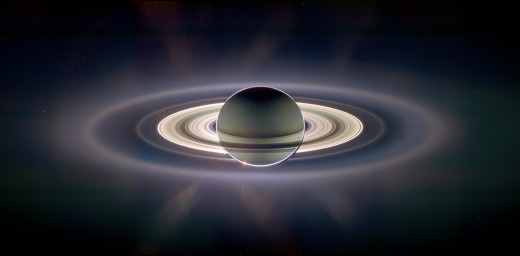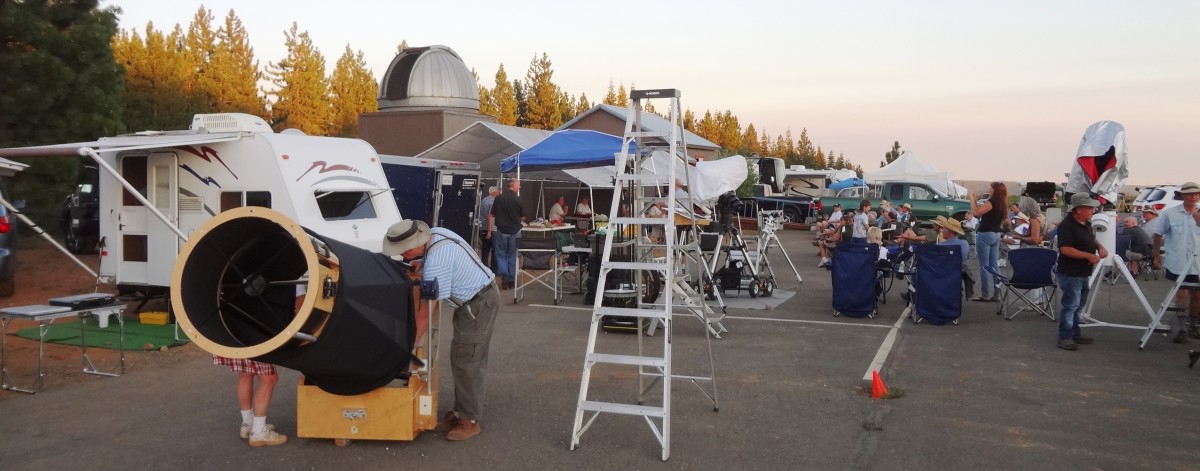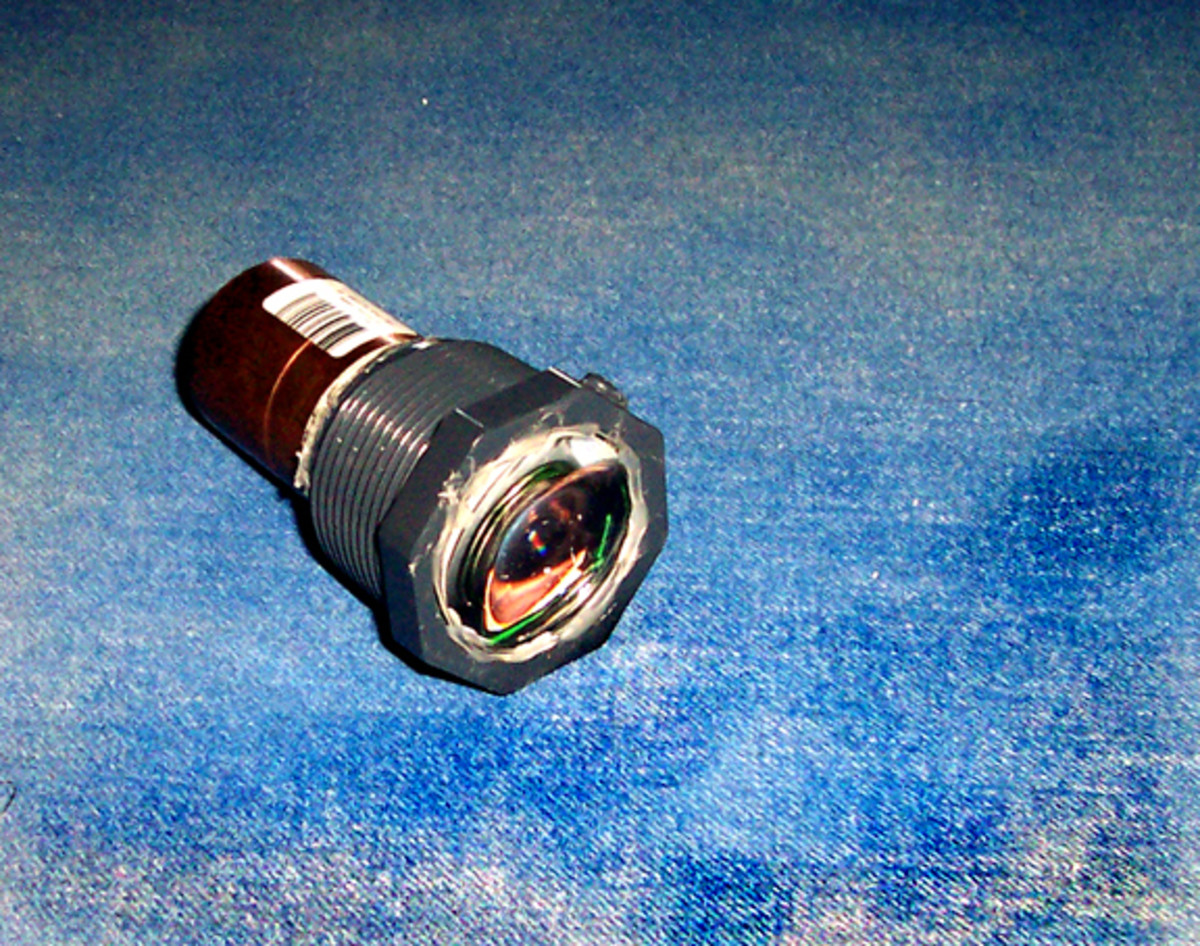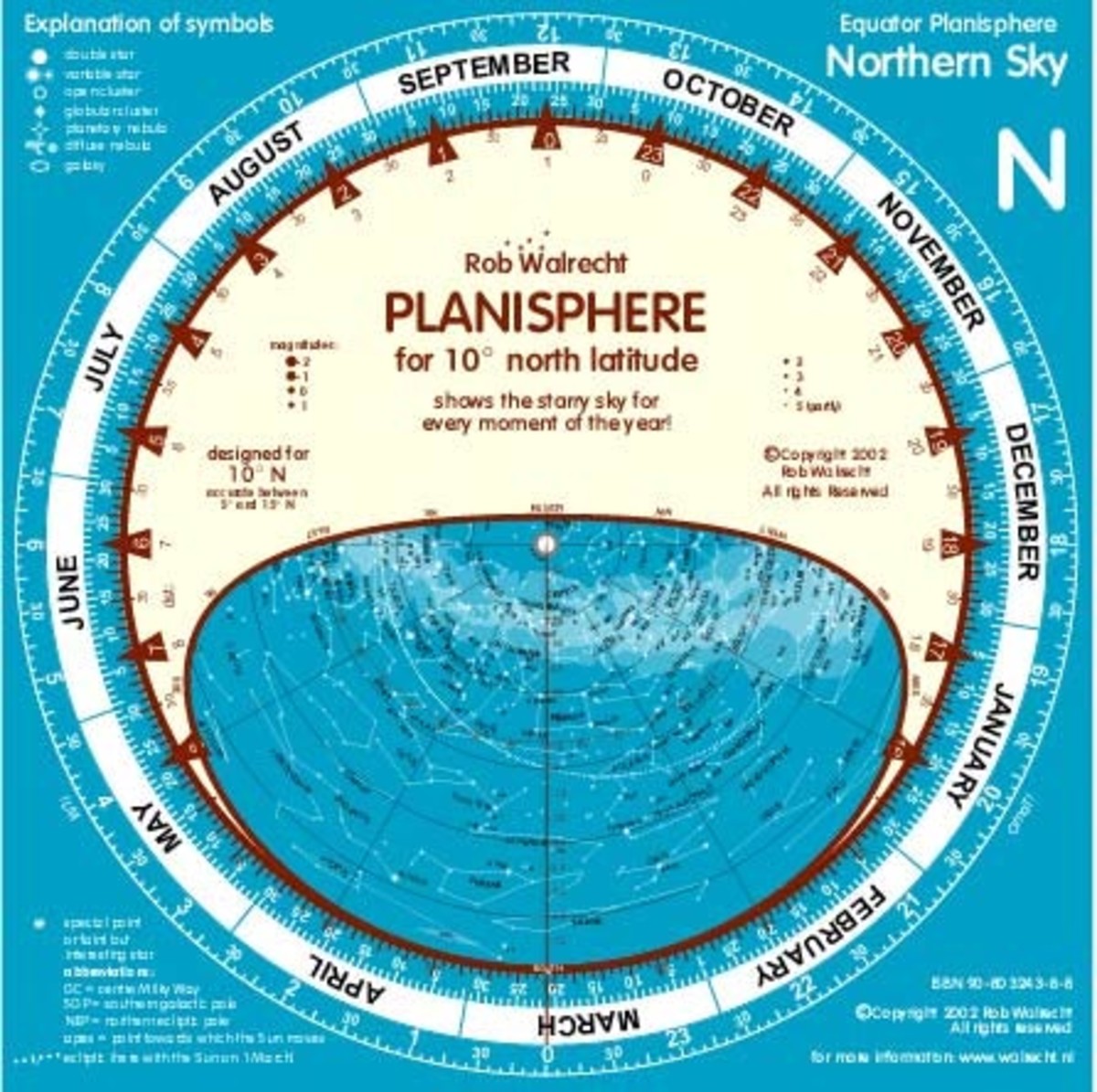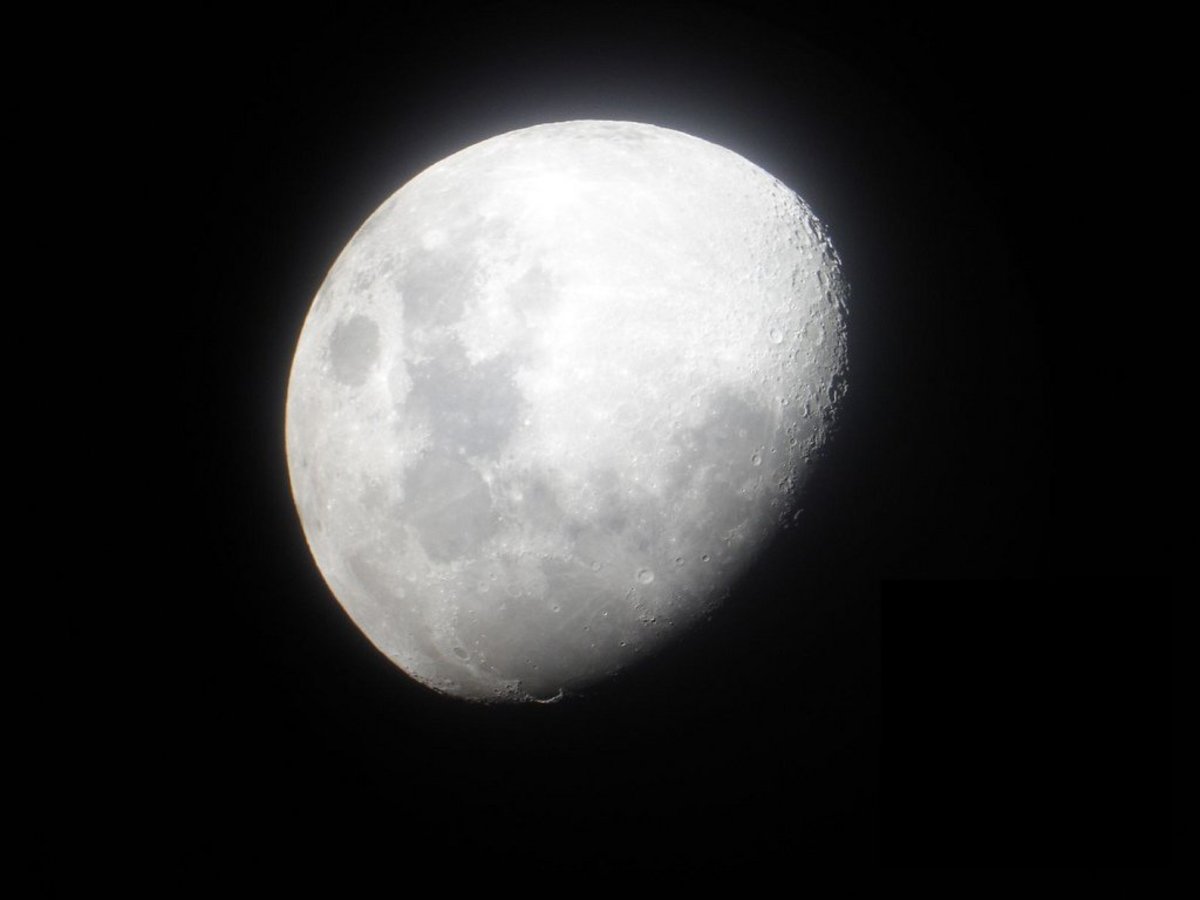Which Telescopes are the Best for Beginners?
Introduction
As an aspiring astronomer, one of the most important tools you will need is a telescope. Telescopes are instruments that allow us to observe and study objects in the sky, such as stars, planets, galaxies, and other celestial bodies. They are essential tools for anyone interested in exploring the universe, as they provide us with a window into the mysteries of the cosmos.
If you are a beginner to astronomy and are looking for your first telescope, there are many options available. In this article, we will take a look at some of the best telescopes for beginners, and provide you with information to help you choose the right telescope for your needs and budget.
But first, you should learn about the different types of telescopes available.
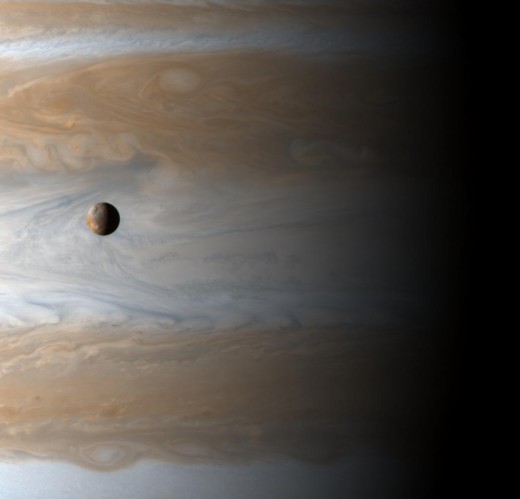
Refracting Telescopes
Refracting telescopes, also known as refractors, are telescopes that use lenses to gather and focus light from distant objects. They are the oldest type of telescope, and they were first invented in the early 17th century. Refractors consist of a long, narrow tube with a lens at one end and an eyepiece at the other end. The lens, known as the objective lens, gathers and focuses light from the object being observed, and the eyepiece magnifies the image for the observer to see.
One of the main advantages of refracting telescopes is that they are relatively simple and easy to use. The objective lens gathers and focuses light from the object being observed, and the eyepiece magnifies the image, allowing the observer to see the object in greater detail. This simplicity makes refracting telescopes a good choice for beginners, as they are easy to set up and use.
Another advantage of refracting telescopes is that they are relatively compact and portable. The long, narrow tube of the telescope makes it easy to transport, and the small size of the objective lens means that refracting telescopes are generally smaller and more lightweight than other types of telescopes. This makes them a good choice for stargazers who want to take their telescope with them on their travels.
Refracting telescopes also have some limitations. One of the main disadvantages of these telescopes is that they are sensitive to chromatic aberration, which is the tendency of the lens to produce different colors for different wavelengths of light. This can cause the image to appear distorted or blurry, which can reduce the quality of the image. Additionally, refracting telescopes are relatively expensive, as the large, high-quality lenses required for good performance are difficult and expensive to manufacture.
Despite these limitations, refracting telescopes are still widely used by astronomers and other scientists. They are particularly useful for observing planets, moons, and other objects in the solar system, as they provide clear, detailed images of these objects. Refracting telescopes are also often used for terrestrial observing, as they provide sharp, high-contrast images of objects on the Earth's surface.
One of the most famous refracting telescopes is the Lick Observatory's 36-inch refractor, which was built in 1888. This telescope, which is located in California, USA, is still in use today, and it is one of the largest refracting telescopes in the world. Another well-known refractor is the Yerkes Observatory's 40-inch refractor, which was built in 1897 and is located in Wisconsin, USA. This telescope is also still in use, and it is considered to be one of the best telescopes for observing planets and moons.
In conclusion, refracting telescopes are telescopes that use lenses to gather and focus light from distant objects. They are relatively simple and easy to use, and they are compact and portable, making them a good choice for beginners and travelers. Despite their limitations, refracting telescopes are still widely used by astronomers and other scientists, and they are an essential tool for studying the universe and exploring the mysteries of the cosmos.
Reflecting Telescopes
Reflecting telescopes, also known as reflectors, are telescopes that use mirrors to gather and focus light from distant objects. They were first invented in the early 17th century, and they are the most common type of telescope used today. Reflectors consist of a curved mirror at one end of the telescope, known as the primary mirror, and a flat mirror at the other end, known as the secondary mirror. The primary mirror gathers and focuses light from the object being observed, and the secondary mirror reflects the light to the eyepiece, where the observer can see the image.
One of the main advantages of reflecting telescopes is that they are relatively simple and inexpensive to build. The mirrors used in reflectors are less expensive and easier to manufacture than the lenses used in refracting telescopes, which makes them a more cost-effective option. Additionally, the simple design of reflectors means that they are relatively easy to use, which makes them a good choice for beginners.
Another advantage of reflecting telescopes is that they are generally larger and more powerful than refracting telescopes. The primary mirror of a reflector can be made much larger than the objective lens of a refractor, which means that reflectors can gather more light and provide clearer, more detailed images of celestial objects. This makes reflectors a good choice for advanced astronomers who want to observe faint objects or objects that require high magnification.
Reflecting telescopes also have some limitations. One of the main disadvantages of these telescopes is that they are sensitive to alignment errors, which can cause the image to appear distorted or blurry. This is due to the fact that the primary mirror of a reflector is supported only at the edges, which makes it more susceptible to movement and distortion. Additionally, reflectors are relatively large and heavy, which makes them less portable than refractors.
Despite these limitations, reflecting telescopes are still widely used by astronomers and other scientists. They are particularly useful for observing faint objects, such as distant galaxies and nebulae, as they are able to gather more light than refractors. Reflecting telescopes are also often used for astrophotography, as they are able to provide clear, detailed images that can be used to create high-quality photographs of celestial objects.
One of the most famous reflecting telescopes is the Hubble Space Telescope, which was launched into orbit around the Earth in 1990. This telescope is a reflecting telescope that is able to provide incredibly detailed images of the universe, thanks to its large mirror and advanced instruments. Another well-known reflector is the Keck Observatory's 10-meter telescope, which is located in Hawaii, USA. This telescope is one of the largest and most powerful telescopes in the world, and it is used to study a wide range of celestial objects.
In conclusion, reflecting telescopes are telescopes that use mirrors to gather and focus light from distant objects. They are relatively simple and inexpensive to build, and they are generally larger and more powerful than refracting telescopes. Despite their limitations, reflecting telescopes are still widely used by astronomers and other scientists, and they are an essential tool for studying the universe and exploring the mysteries of the cosmos.
Catadioptric Telescopes
Catadioptric telescopes are a type of hybrid telescope that combines lenses and mirrors to gather and focus light from distant objects. They were first invented in the early 20th century, and they combine the advantages of refractors and reflectors while minimizing their disadvantages. Catadioptric telescopes consist of a combination of lenses and mirrors, which work together to produce a high-quality image with good contrast and sharpness.
One of the main advantages of catadioptric telescopes is that they are relatively compact and portable. Unlike reflectors, which are large and heavy, catadioptric telescopes are typically small and lightweight, making them easy to transport and set up. This makes them a good choice for stargazers who want to take their telescope with them on their travels.
Another advantage of catadioptric telescopes is that they are relatively free from optical aberrations. Unlike refractors, which are prone to chromatic aberration, and reflectors, which are prone to alignment errors, catadioptric telescopes are able to produce high-quality images with good contrast and sharpness. This makes them a good choice for both visual observing and astrophotography.
Catadioptric telescopes also have some limitations. One of the main disadvantages of these telescopes is that they are relatively expensive, as the combination of lenses and mirrors used in their design is difficult and expensive to manufacture. Additionally, catadioptric telescopes are more complex than refractors or reflectors, which can make them more difficult to use for beginners.
Despite these limitations, catadioptric telescopes are still widely used by astronomers and other scientists. They are particularly useful for observing faint objects, such as distant galaxies and nebulae, as they are able to gather a large amount of light and provide clear, detailed images. Catadioptric telescopes are also often used for astrophotography, as they are able to produce high-quality images with good contrast and sharpness.
One of the most famous catadioptric telescopes is the Schmidt-Cassegrain telescope, which is a type of catadioptric telescope that uses a combination of lenses and mirrors to produce a compact, portable design. This type of telescope is widely used by amateur astronomers and is available in a range of sizes and configurations. Another well-known catadioptric telescope is the Maksutov-Cassegrain telescope, which is similar to the Schmidt-Cassegrain but uses a different arrangement of lenses and mirrors.
In conclusion, catadioptric telescopes are a type of hybrid telescope that combines lenses and mirrors to gather and focus light from distant objects. They are relatively compact and portable, and they are able to produce high-quality images with good contrast and sharpness. Despite their limitations, catadioptric telescopes are still widely used by astronomers and other scientists, and they are an essential tool for studying the universe and exploring the mysteries of the cosmos.
Features
Now that you understand the types of telescopes that are available, it is also important to understand the individual features of a telescope. As with anything else in life, the more bells and whistles you add, the higher the price. So, it's important to find the right balance for your budget.
In order to accomplish that, you need to know which features are the most important to you.
Telescopic Power - Magnification
Some manufacturers will use this number to fool the uneducated shopper. At first glance one might think that the best telescopes are the ones with the highest magnification. On the contrary, magnification is not a sign of telescopic power. Excessive magnification will only cause a blurry image, defeating the entire purpose of the scope.
A good telescope between 30x and 50x magnification will provide the brightest and sharpest images, giving you optimal viewing distance for observing distant stars and galaxies. Telescopes with up to 100x power will provide some of the best view of larger objects within our own galaxy such as the Rings of Saturn, or the moons of Jupiter. Moving on up to 200x power will allow you to observe the finer details in our galaxy, such as the mountain peaks and valleys on Mars. Don't bother buying a telescope with over 300x magnification. This marketing tactic is a good sign that you are looking at nothing more than a consumer throwaway.
Aperture Size
The aperture size is the number that counts when you want to buy a good scope. Easily the most important feature on any telescope, the aperture is the diameter of the main lens (or mirror depending on the type of telescope) and determines how much light the telescope is able to gather. This feature is directly responsible for how much detail you can see as you peer further out into space. There are a few key points to aperture size that you should know before making a purchase:
- A good telescope will have no more than 2x magnification per millimeter of aperture size, or 50-60x per inch. Even that is too much unless you have absolutely perfect viewing conditions, which almost nobody has.
- The larger the aperture, the longer the telescope must be. Too short and your image will be ruined by atmospheric conditions.
- Apertures can be too large. Go too big and it will bring in too much light, destroying the detail of your image. The aperture can be "reduced" by blocking some of the light entering the scope. There is no way to increase the aperture size however, so if you really want the best telescope for your money, it is better to go too big than too small.
A German equatorial mount uses a T-shaped object in favor of the traditional fork.
Telescopic Mounts
There are two basic types of telescopic mounts. The mount factors directly into the price of a telescope as it has a noticeable impact on your viewing experience.
First is the basic alt-azimuth mount. This mount will rotate on a horizontal and vertical position. Quite simple to use, it is fine for most casual observers who simply wish to point and observe.
Next is the equatorial mount. This type of mount uses a fork resting on a wedge to align the telescope with Earth's poles. The purpose of this mount is to allow a telescope to follow the smooth arc of a star's path through the sky. A fork mounted system has the ability to keep a celestial object in the center of view, which is preferable for the astrophotographer.
Guidance Systems
A computer guidance system is great for the amateur astronomer that does not know how to find objects on their own. This system uses gps technology to automatically point a telescope towards the desired object. Many users report that the less expensive guidance systems are slightly less accurate; however it gets them in the general area making it easy for them to find what they are looking for on their own.
A clock drive system is less expensive and while it may not help the user find what they are looking for, it does assist in keeping an object in view as it moves in sync with Earth's rotation.
If either of these features are desired, then you will need to look at equatorial mount systems, as they will not work with the alt-azimuth mounts. Also, many telescopes allow for these systems to be built onto them later, allowing you to focus your initial investment on a telescope's optical qualities rather than sacrificing some of your viewing experience for the sake of a computer.
Selecting a Telescope
One of the best telescopes for beginners is the Celestron 21035 70mm Travel Scope. This compact, portable telescope is perfect for beginners, as it is easy to use and set up. It features a 70mm objective lens, which provides good light-gathering ability and clear, detailed views of celestial objects. The Celestron 21035 also comes with a tripod and carrying case, making it easy to take with you on your stargazing adventures.
Another great telescope for beginners is the Orion 09007 SpaceProbe 130ST Equatorial Reflector Telescope. This telescope is a bit larger and more powerful than the Celestron 21035, with a 130mm objective lens that provides excellent light-gathering ability and clear, detailed views of celestial objects. The Orion 09007 also features an equatorial mount, which makes it easy to track objects in the sky and keep them in view as they move.
A third excellent telescope for beginners is the Meade Instruments Infinity 50AZ Refractor Telescope. This telescope is a refractor, which means it uses lenses to gather and focus light. It has a 50mm objective lens, which provides good light-gathering ability and
clear, detailed views of celestial objects. The Meade Infinity 50AZ also comes with a tripod and carrying case, making it easy to take with you on your stargazing adventures.
In addition to these telescopes, there are many other options available for beginners. For example, the Celestron NexStar 130SLT Computerized Telescope is a more advanced telescope that features a computerized mount, which makes it easy to find and track objects in the sky. The Sky-Watcher ProED 100mm Doublet APO Refractor Telescope is another great option, as it is a high-quality telescope that provides excellent views of celestial objects.
When choosing a telescope for beginners, there are several factors to consider. First, you should consider the size and weight of the telescope, as you will want something that is easy to transport and set up. Second, you should consider the type of mount, as different mounts are better suited for different observing styles and purposes. Third, you should consider the aperture of the telescope, as this determines how much light the telescope can gather and how much detail you can see in the objects you are observing.
In conclusion, there are many great telescopes available for beginners. From compact and portable telescopes to more advanced options with computerized mounts, there is a telescope that is right for every beginner astronomer. With the right telescope, you can begin your journey into the universe and discover the wonders of the cosmos.
